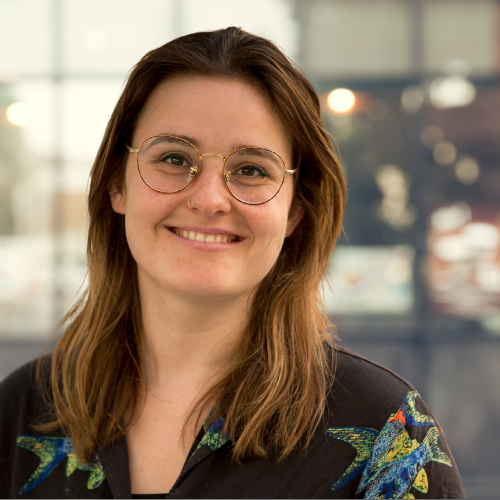How CCU can shape the carbon transition
Carbon capture and utilisation, or CCU, is a technology that involves capturing CO2 emitted from (industrial) processes and using it to make new products. It therefore doesn’t only reduce CO2 emissions, it creates new market potential. Government and industry alike see the necessity of understanding which CCU value chains are future-proof and economically, environmentally and politically viable. The Province of Zuid-Holland wanted to know what role CCU has in the future for the province.
Why carry out an extensive CCU field study?
The CO2 effectiveness differs considerably between the various CCU products, making a study essential before investing heavily in specific CCU products. Present infrastructure, industry and market potential will also affect the potential of the specific CCU products.
Independent research organisations &flux and TNO were asked by the province to investigate which CCU products offered the greatest economic perspective, how the various CO2 sources and energy sources affect the carbon emission performance, which CCU value chains receive provincial incentives, and how the province can contribute to these value chains in the international policy arena.
What can Zuid-Holland do to accelerate the transition?
After analysing the current provincial CCU landscape, the research teams performed an environmental, technological and economic evaluation on 10 selected CCU product value chains in food, mineralisation, chemicals and fuels. TNO then conducted an environmental life cycle assessment (LCA) of each CCU value chain to calculate and compare the impact of fossil-based and renewable energy sources.
Based on the findings, the province of Zuid-Holland can do the following:
- Stimulate CCU value chains that already perform much better than fossil-based production processes in terms of CO2 emissions, e.g. mineralisation of waste materials through CO2 exposure and using captured CO2 in horticulture.
- Focus on decarbonising energy sources, i.e. using wind and solar energy, and replacing fossil with renewable carbon feedstock.
- Discuss and determine how to compensate for the CCU value chains that will continue to leave a CO2 footprint in the long term, even in a fully renewable scenario. Examples are hard-to-abate fuels and some chemical routes.
The road to sustainable carbon cycles
From the perspective of innovation, the road to fully renewable carbon is still very long. Developing new technology using ‘grey’ CO2 and energy sources is acceptable for now, but ‘green’ must always be the long-term goal. The province can shorten the road by anticipating EU and national policies on matters relating to sustainable carbon cycles. By providing the space, CO2 infrastructure and accessibility (finance, regulations, network etc.) to organisations aiming to realise their demo installations, Zuid-Holland will surely be able to develop a mature CCU ecosystem.
This study by &flux and TNO has contributed to positioning CCU value chains in Zuid-Holland and the Netherlands, both from a renewable and fossil-based perspective. The researchers worked closely with a broad stakeholder group consisting of representatives from horticulture, CCU scale-ups, and representatives from the Rotterdam industrial cluster. At TNO, we have the knowledge to keep on contributing to developing low-impact CCU value chains.
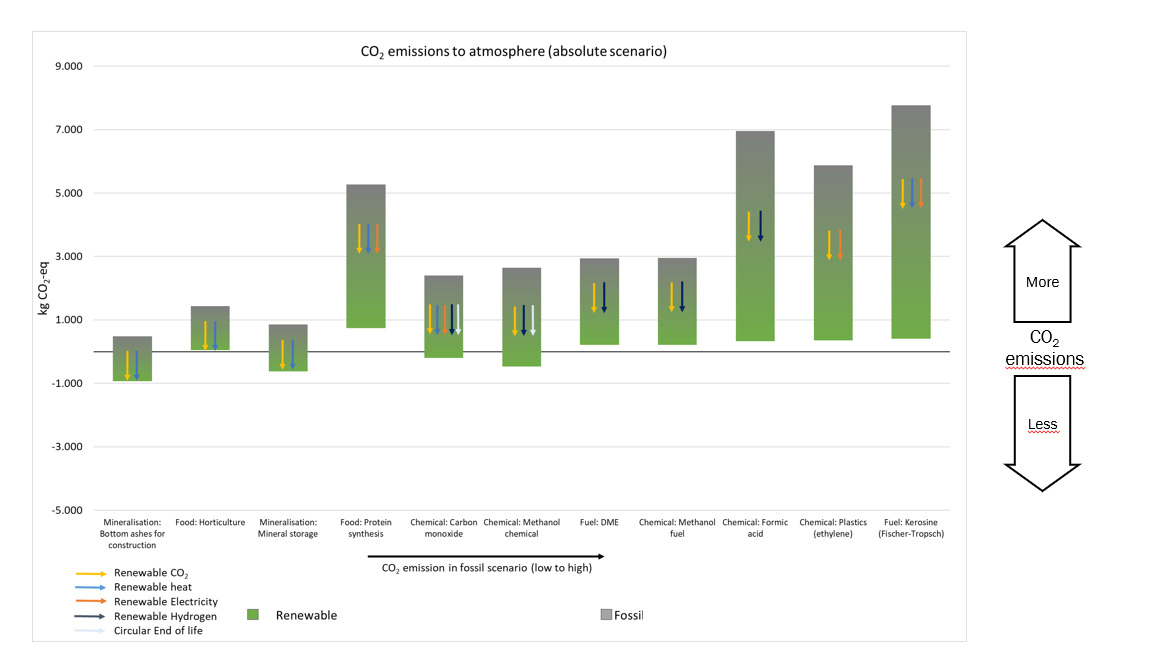
Get inspired
Methane emissions in the North Sea Symposium
Tracking sources of greenhouse gases with satellites
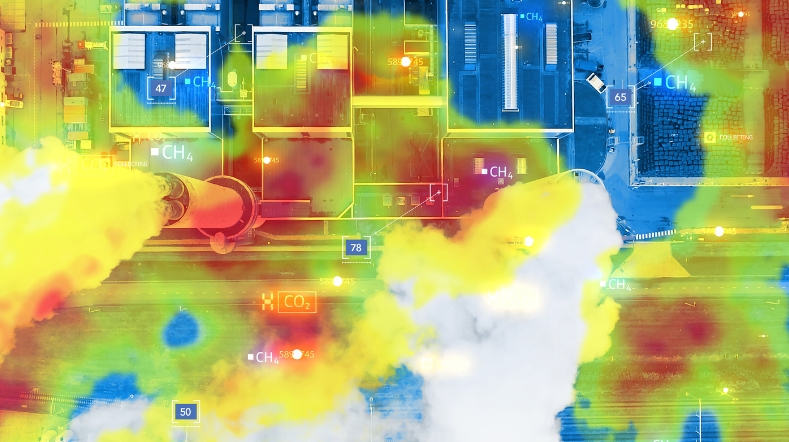

This is our time: Eleonie van Schreven’s work on small satellites with a big impact
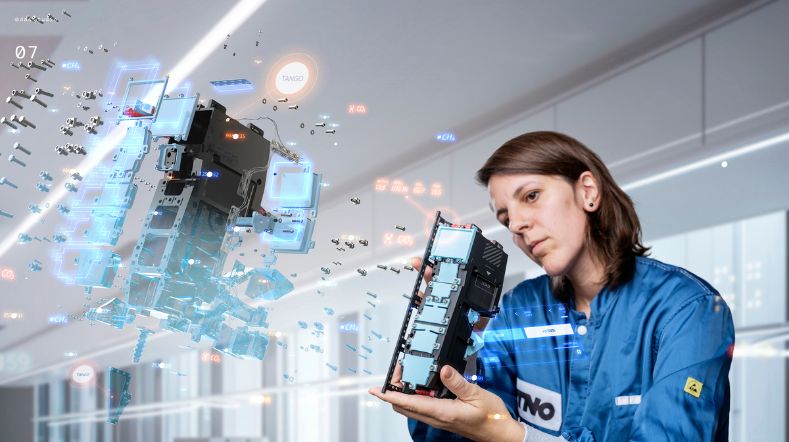

ATACH selects TNO model for climate-related health risks in Kenya
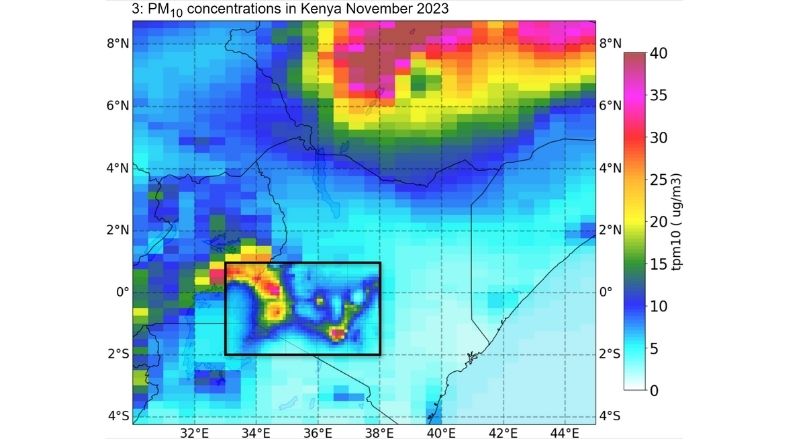

Vacuuming the highway to reduce environmental microplastics from tyres


